ISO 27001 and 27002 are two popular standards organizations use to enhance information security. Although they work towards the same goal, each standard serves a distinct role in achieving it. In this article, we'll discuss how ISO 27001 and 27002 differ and their role in safeguarding crucial data.
If you're getting ready to set up an information security management system, you've probably come across these two ISO series standards: ISO 27001 and ISO 27002.
ISO 27001 and 27002 are information security standards introduced by the International Organization for Standardization (ISO). These standards provide information about security controls and guide how to implement them to safeguard crucial organization data. This data can be SaaS apps, employees, or any data that needs to be secured.
Although they serve similar purposes, each standard focuses on different aspects of information security. What is their focus? How are they different? Which one should you choose? To address these questions, we've provided detailed explanations of each standard and highlighted five major differences between ISO 27001 and 27002 standards.
So, let's start with what ISO 27001 and ISO 27002 are.
What Is ISO 27001?
ISO 27001 is a widely recognized standard that outlines the requirements for creating, implementing, and enhancing an Information Security Management System (ISMS). It's relevant for any organization seeking to safeguard its data.
Note: An ISMS assists IT teams in overseeing and safeguarding the organization's information assets, ensuring the integrity, availability, and confidentiality of sensitive data.
In simple words, ISO 27001 offers a structured method for handling information security, which involves a risk management process to identify, evaluate, and address information security risks.
Furthermore, the standard manages different areas to effectively maintain information security. These areas include — organizational policies, human resources security, physical security, cryptography, access control, and more.
What Is ISO 27002?
ISO 27002 is another well-recognized standard that offers guidance and recommended practices for implementing the controls specified in ISO 27001.
Below are some of the guidelines and best practices outlined by ISO 27002:
- Instructions on control implementation: It gives detailed guidance on enforcing the control objectives listed in Annex A of ISO 27001. Annex A contains 114 controls divided into 14 categories, covering different aspects of information security.
- Information security best practices: It suggests recommendations and best practices for deploying security controls across various areas like:
- Physical and environmental security
- Acquiring, developing, and maintaining information systems
- Information security policies
- Securing human resources
- Organizing information security within the organization
- Managing communication and operations
- Controlling access
- Flexibility in implementation: ISO 27002 isn't obligatory but is flexible. Organizations' teams can customize the advice to fit their specific requirements and risk landscapes.
- Continuous enhancement: It encourages organizations' teams to regularly assess and upgrade information security controls to stay up-to-date with technological advancements and evolving security threats.In short, ISO 27002 is a valuable guide for organizations aiming to implement the controls outlined in ISO 27001 effectively. This standard provides practical advice to assist them in establishing a strong information security framework.After going through the definition, you may have understood the basic difference between ISO 27001 vs 27002. However, to provide you with further clarity, we've compared both the standards based on different criteria.
ISO 27001 vs ISO 27002: Comparison Based On Different Parameters
Below, we've detailed the differences between ISO 27001 and 27002 certification. This comparison will help you clearly understand what sets them apart.
1: Purpose
- ISO 27001 main purpose is to outline what you need to do first:
- Understand the nature of your organization.
- Understand the requirements and expectations of internal and external stakeholders.
- Defining the scope of the ISMS.
- On the other hand, ISO 27002 primary objective is to identify and provide detailed explanations of the security controls that your team needs to implement to ensure your ISMS handles information security risks. Furthermore, it offers advice on how to put these measures into practice.
2: Controls
In ISO 27002, controls share the same names as those in Annex A of ISO 27001.
For example, in ISO 27002, control 5.3 is labeled \"Segregation of duties,\" while in ISO 27001, it is \"A.5.3 Segregation of duties.\"
However, the major difference lies in the level of detail. ISO 27002 provides an explanation of each control on a single page, whereas ISO 27001 offers only a brief sentence for each control.
- However, ISO 27002 does not differentiate between controls applicable to specific organizations and those that are not.
- Meanwhile, ISO 27001 mandates a risk assessment to determine the necessity of each control in mitigating risks and the extent to which it should be implemented.
So, why do these standards exist separately instead of being merged to get the benefits of both? The reason is usability. Combining them into a single standard would result in a document too complex for practical application.
3: ISMS Management Process
- ISO 27001 is like a rulebook for managing a specific system within an organization; in this case, it manages the information security management system (ISMS).
This standard provides detailed instructions on how to set up, operate, maintain, and improve this system effectively.
Think of it as the overall blueprint for ensuring that information within an organization stays safe and secure.
Note: ISO 27001 is also known as a management standard because of the way it operates.
- Whereas ISO 27002 doesn't focus on managing the system. Instead, it's more like a toolbox filled with guidelines, best practices, and specific security measures.
These tools are designed to help your team effectively implement the controls necessary to protect their information.
So, while ISO 27001 tells you how to manage your information security system, ISO 27002 gives you the tools and techniques to actually make it happen.
4: Applicability
When setting up an ISMS, it's crucial to understand that not every security measure will be relevant to your organization.
- ISO 27001 mandates that organizations' teams conduct a risk assessment to pinpoint and prioritize potential risks that can impact their information security.
- Whereas ISO 27002 doesn't include this requirement. This is why it becomes difficult to rely solely on the ISO 27002 standard to decide which controls are necessary for information security.
5: Certification
One major difference between ISO 27001 vs 27002 is certification. You can obtain certification for ISO 27001 but not for ISO 27002.
This is because ISO 27001 is a management standard that outlines all the necessary requirements for compliance. On the other hand, supplementary standards like ISO 27002 focus on specific aspects of an ISMS and are all about best practices and strategy implementation.
ISO 27001 vs 27002: Comparison Table
Here’s a brief overview of ISO 27001 vs 27002:
After reviewing the differences between ISO 27002 and ISO 27001, you may wonder which standard to implement and when exactly. Below, we have discussed how you can determine which one to choose.
Which ISO Standard Should You Choose & When?
While selecting ISO standards, you need to assess the distinct requirements of each and their alignment with your organization's goals. For instance:
If you're in the initial stages of implementing the standard or outlining your ISMS framework, ISO 27001 is the optimal choice. This standard serves as a guide to establishing a certified ISMS.
Once you've identified the controls to implement within your ISMS, then you can refer to ISO 27002. This standard serves as a detailed manual, offering guidance on the operation of each control, ensuring a strong and effective security stance.
But when will you come to know it's time to use ISO 27001 or ISO 27002?
Organizations should refer to ISO 27001 when they:
- Aim to attain certification to global security standards.
- Lack an ISMS and aim to build one based on industry best practices.
- Wish to evaluate and lessen security risks within the organization.
- Require compliance with business, legal, or regulatory standards.
Organizations should use ISO 27002 after they've pinpointed the security controls they intend to implement from ISO 27001.
However, to successfully comply with ISO standards, you need a proper access review platform. One such solution is Zluri. What is Zluri? How does it work?
Successfully Comply With ISO Standards With Access Review Solution
Zluri offers an access review solution that enables your team to easily automate the certification process.

How does it work? Here's how:
Enables Your Team To Create Automated Workflows
With Zluri's access review, your team can create access review workflows, which allows them to verify who has access to what within the organization.
Further, these workflows can help your team trigger actions to restrict or revoke access if anyone holds unauthorized permissions.
But how does this help comply with ISO standards?
Conducts Periodic Reviews
Zluri Access Review conducts periodic access reviews, which allow your team to identify who holds unnecessary access to crucial data. This helps them take necessary actions to modify employees' access permissions to what's necessary and nothing beyond. Further, this proactive approach helps safeguard the data from potential breaches and security risks.
Note: Necessary actions can include enforcing access controls such as role-based access control, the principle of least privilege, just-in-time access, and more.
Documents The Review Process
It also records the entire access review process and what necessary actions were taken to change employees' access rights. This helps demonstrate that your organization has effective controls in place to maintain data integrity, which fulfills the requirements outlined by ISO standards.
To learn more about Zluri's access review, book a demo now.
FAQs
What Is ISMS?
ISMS stands for Information Security Management System. It is a systematic approach to managing sensitive information within an organization. It includes policies, procedures, and controls designed to protect the integrity, confidentiality, and availability of data.
What Is Management Standard?
A management standard concerns how an organization's team handles a system rather than just checking if each part of the system follows the rules. Bigger issues happen when the team in charge doesn't use the system in a way that meets set standards.
Moreover, fixing parts of the system is usually easy because they work in specific ways. However, your team can use the system however they want, so it's important to make sure your team runs the system as per the rules.
What Is Supplementary Standard?
A supplementary standard provides additional guidance and recommendations to complement an existing management standard. It offers more detailed instructions or ways to implement controls, which helps strengthen the security posture.


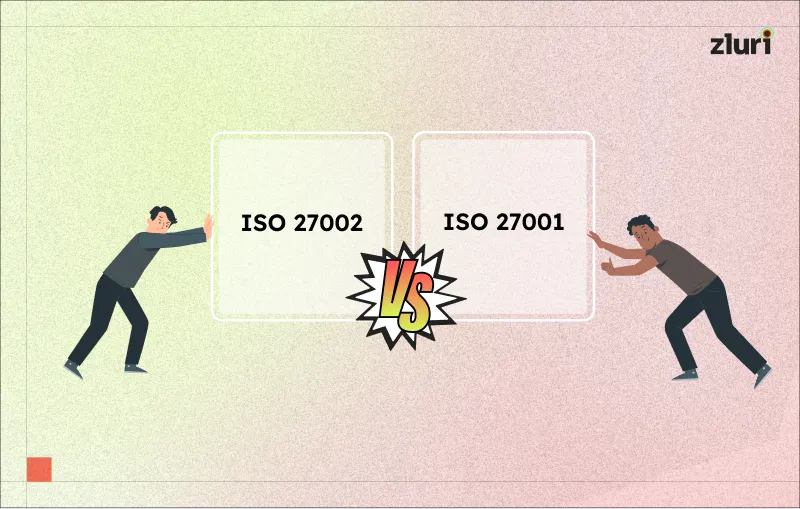






.svg)



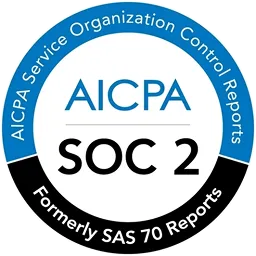
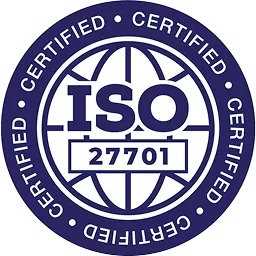
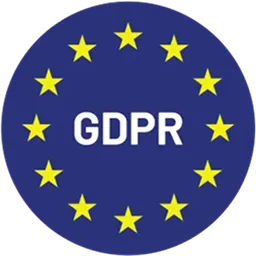
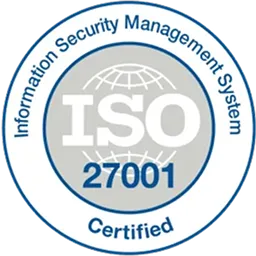
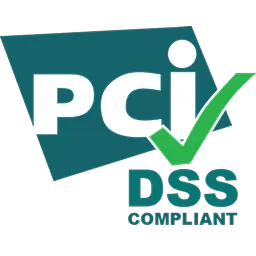
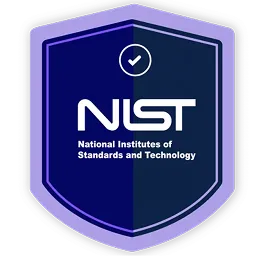
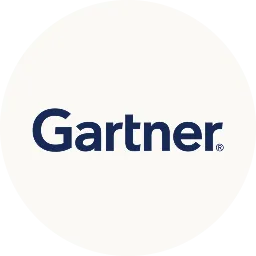
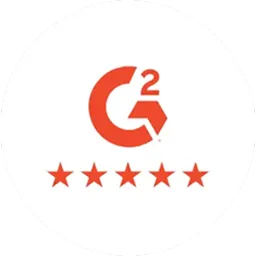

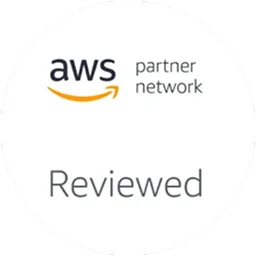

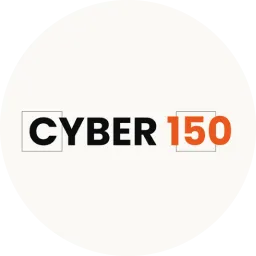






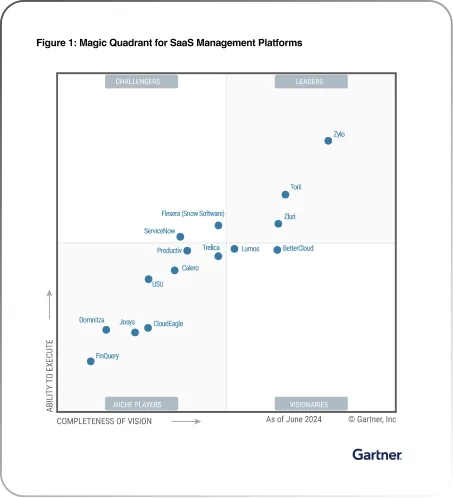







.webp)







.webp)
.webp)





.webp)